The Seven Species Of Wild Cats Of Africa
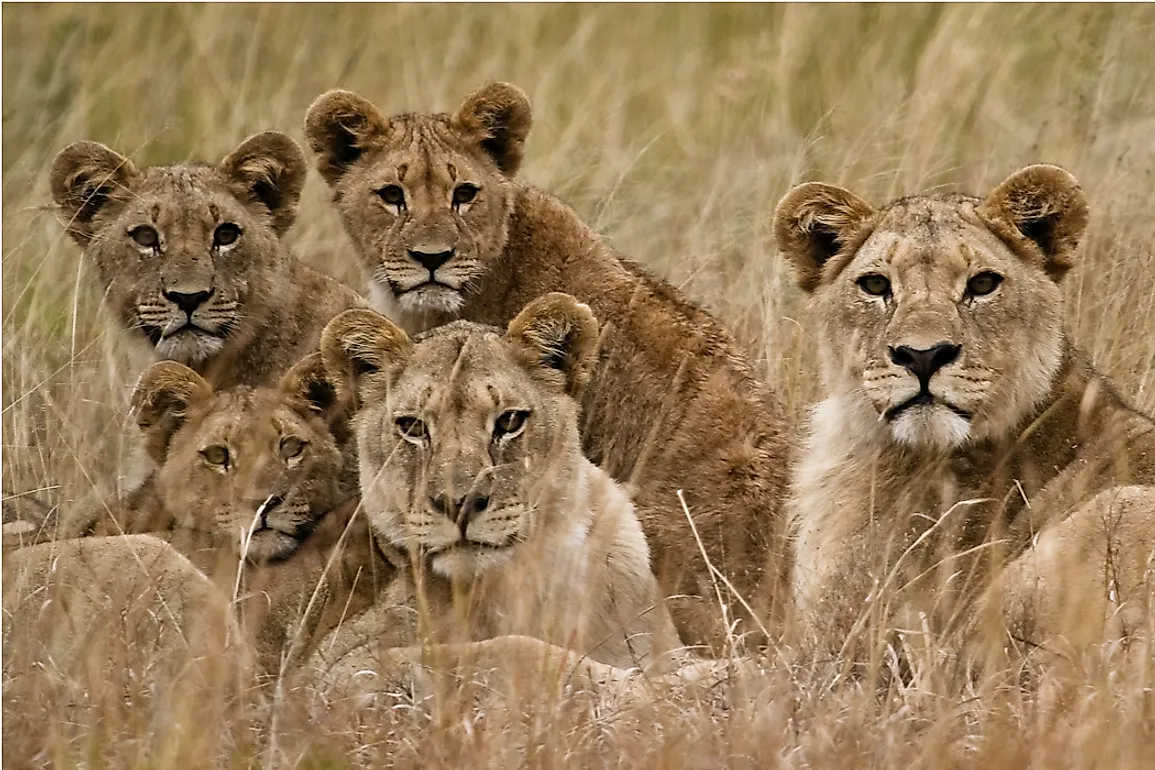
Wild habitats in Africa are teeming with wildlife. The continent is home to a rich diversity of wild flora and fauna. Large predators including wild cats of different sizes roam the forests and savannahs of Africa. Here we have listed the wild cat species that live on the continent:
7. African Lion
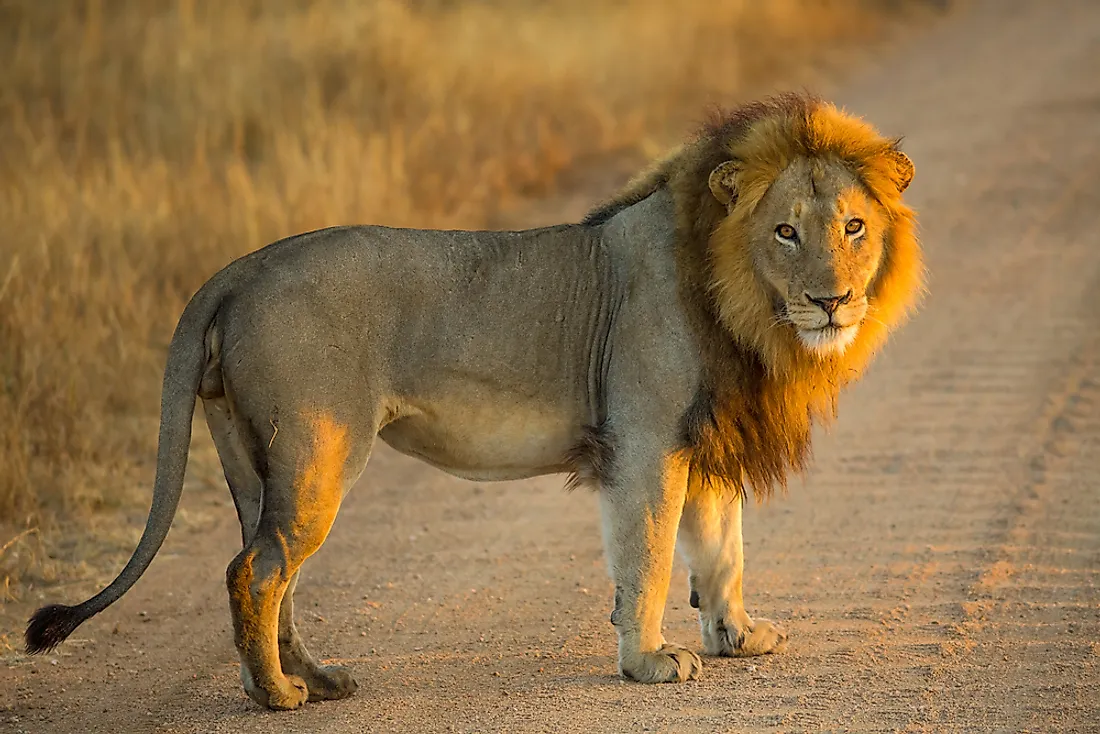
The Panthera leo can be found in Asia and Africa. In the latter continent, the range of the lions has greatly declined over the centuries and is now confined to scattered habitats in different parts of Africa except the north. The savanna grasslands with sparsely distributed Acacia trees are the preferred habitats of the African lions. The African lion is the second largest member of the cat family after the tiger. It is an apex predator in the ecosystem inhabited by it. The lions are primarily nocturnal or crepuscular in nature and highly sociable, a characteristic that distinguishes from most other cat species. Ungulates constitute the greatest part of the lion’s prey base. Male lions are identified by their manes. The IUCN lists the lion a Vulnerable on the Red List. Habitat loss, man-animal conflicts, and poaching are the biggest threats to lion populations in Africa.
6. Cheetah
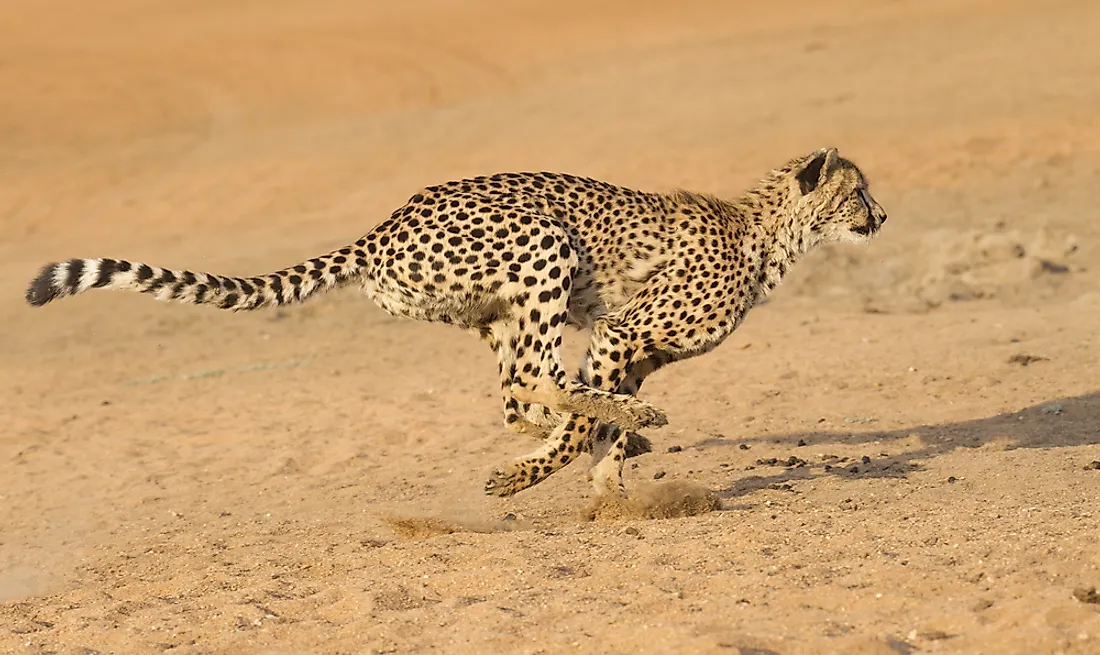
The Acinonyx jubatus is a big cat species that if found in Africa and in some parts of Asia. In the former continent, the cheetah is mainly found in the southern and eastern parts of the continent. The choice of a habitat of these animals is highly dependent on the availability of prey and thus varies from open savannahs to woodlands. An open area with a diffused vegetation cover is probably an idea cheetah habitat. Although these cats tend to avoid mountainous areas, they have been found at altitudes as high as 13,000 ft. Four of the five subspecies of the cheetah are found in Africa. These are the critically endangered Northwest African cheetah, the vulnerable Sudan cheetah, the vulnerable South African cheetah, and the vulnerable Tanzanian cheetah. The black tear-like streaks in the face are the most distinguishing feature of the cheetah. It also has a spotted coat, slender built, and a deep chest. The tail of the cheetah is long and spotted and has long slender legs. The cheetah hunts by the day and has a wide prey base. Poaching, persecution, habitat loss and fragmentation are some of the biggest threats to cheetah populations.
5. African Leopard
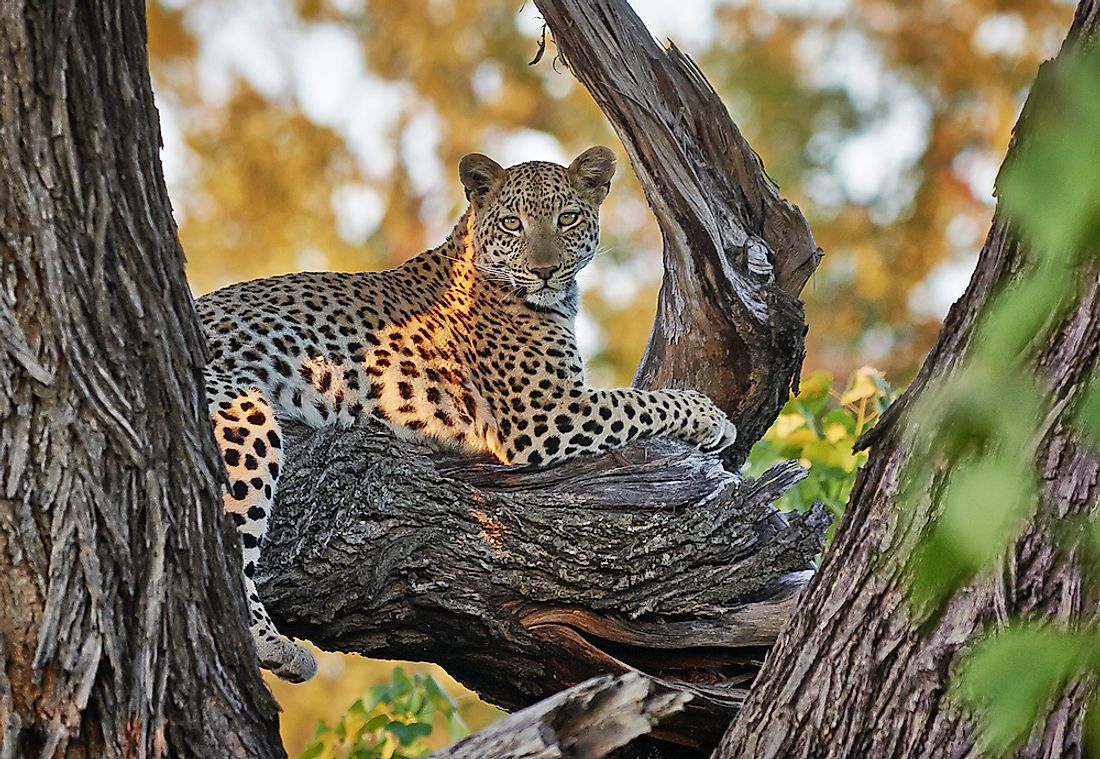
The Panthera pardus is a large wild cat that occurs in parts of Africa and Asia. The P. p. pardus is the subspecies of leopard found in Africa. The leopard thrives in sub-Saharan Africa but disappeared from some parts of the continent like North Africa. These cats are highly adaptable and can live in a wide range of habitats like rainforests and savannas. The leopards range in size from 90 to190 cm from head to body. The coat color varies from golden to pale yellow and features spots arranged as rosettes. Leopards are generally nocturnal in nature but in western Africa, leopards exhibit a diurnal behavior and hunt in the twilight hours. They are agile climbers and expert swimmers. The leopards can run at speeds of more than 58 km per hour. These animals have a wide prey base that includes deer, rodents, primates, wildebeest, zebras, springbok, and more. Leopards in Africa are threatened with habitat destruction, fragmentation, and also poaching and persecution.
4. African Golden Cat
The Caracal aurata is a wild cat that is found only in Central and West Africa. The cat inhabits rainforests, high moorlands, bamboo forests, and cloud forests in its range. The golden cat is found at elevations of up to 3,000 m from sea level. The size of the cat ranges between 61 to 101 cm while the tail is around 16 to 46 cm long. The color of the fur of the cat varies from reddish to grayish while the distribution and color of the spots on the coat vary. The African golden cat is a highly elusive creature and hence little is known about the behavior of this species. Rodents, tree hyrax, birds, etc., are the main prey of these cats. Hunting for bushmeat and habitat loss and damage threatens the populations of this cat. It is listed as Vulnerable on the IUCN Red List.
3. Serval
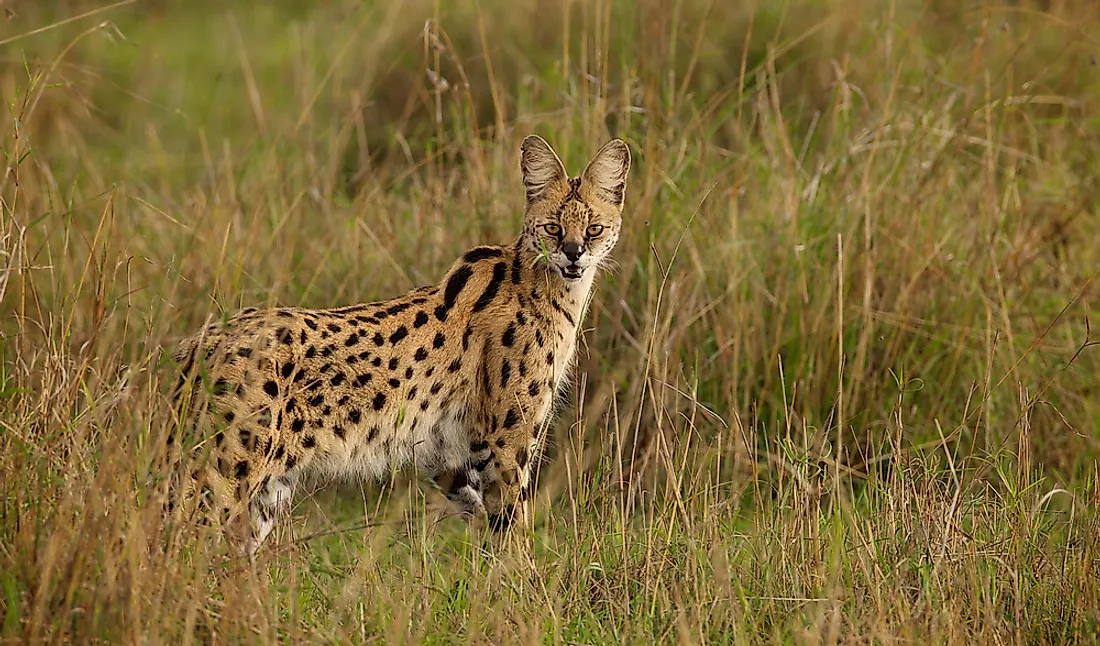
The Leptailurus serval or the tierboskat is a wild cat species found in Africa. The animal prefers habitats with plenty of cover and with proximity to water bodies. They are usually found in savannahs or wetland habitats. The size of the serval ranges from 67 to 100 cm and height at the shoulder is about 54 to 62 cm. The length of the tail is around 30 cm and it has a black tip. The color of the coat of the serval varies between buff to golden-yellow and features prominent stripes and spots in black. The caracal is a solitary creature that remains active both in the day and night. The territory of these cats encompasses around 10 to 32 square km. Mating occurs at different times in a year. Due to stable existent populations of this species, the caracal is classified as a Least Concern species by the IUCN. Although the poaching of this wild cat has significantly reduced due the adoption of protective measures, habitat degradation continues to be a threat to the future survival of the species.
2. Caracal
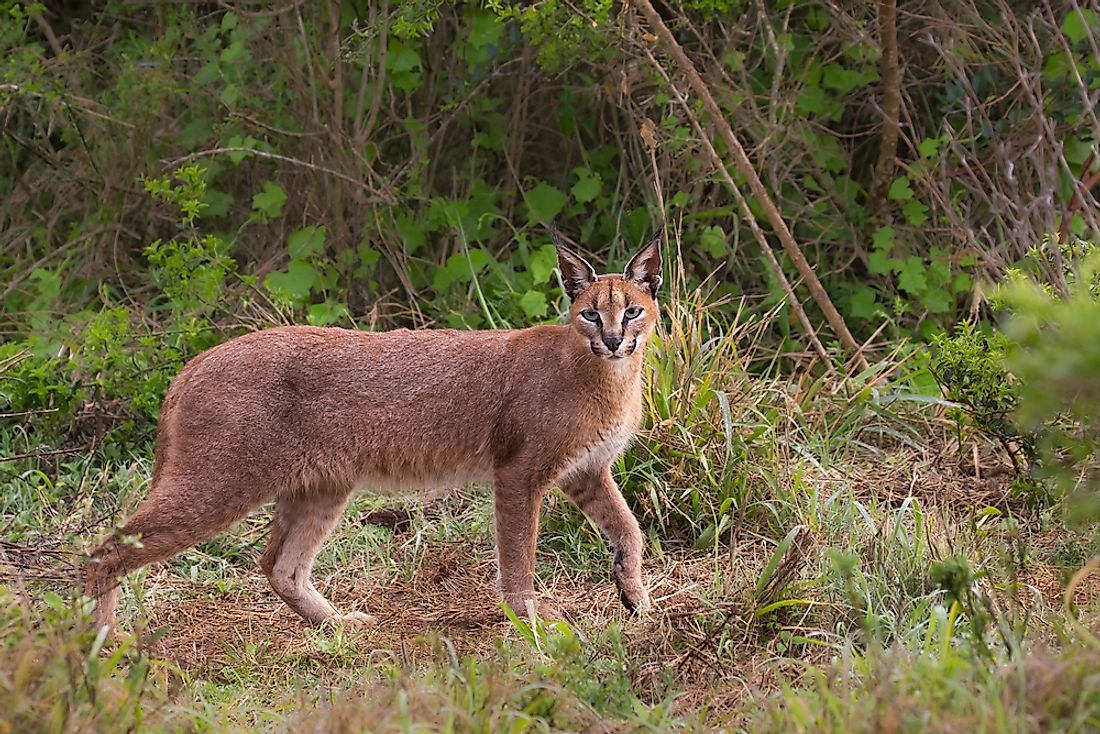
The Caracal caracal is a wild cat found in Africa and Asia. It lives in a wide range of habitats like forests, savannas, semi-deserts, etc, and can live at elevations up to 9,800 ft above sea level. The length of the adult males is around 78 cm while that of females is around 73 cm. The height at the shoulders ranges between 40 and 50 cm. The caracal’s most distinguishing facial features include its mouth outlined in black and ears with black tufts at the tips. The color of the coat varies from sandy to reddish tan to black. These wild cats are primarily nocturnal, territorial, and elusive in nature. Birds, rodents, small mammals constitute the prey base of these animals.
1. Black-Footed Cat
The Felis nigripes is the smallest wild cat living in Africa. The cat is endemic to southern Africa where it survives in the semi-arid habitats of the region like dry savannas, the karoo semidesert, grasslands, etc. It lives in elevations ranging from sea-level to 6,600 ft above sea-level. The length of the males of this species ranges from 36.7 to 43.3 cm while that of females is around 36.9 cm. The tail length ranges from 16.4 to 19.8 cm for males. The color of the fur of the black-footed cat ranges from tawny to cinnamon-buff. The coat also features brown or black colored spots. These cats feed on rodents, birds, hares, and other small prey. They use stalking to hunt down their prey. These animals are rarely spotted due to their extremely solitary and strictly nocturnal nature. The black-footed cat, unlike most other cats, is a poor climber. Poaching for bushmeat, traffic accidents, and persecution are some of the threats to this species. The black-footed cat is listed as a Vulnerable species on the IUCN Red List.











